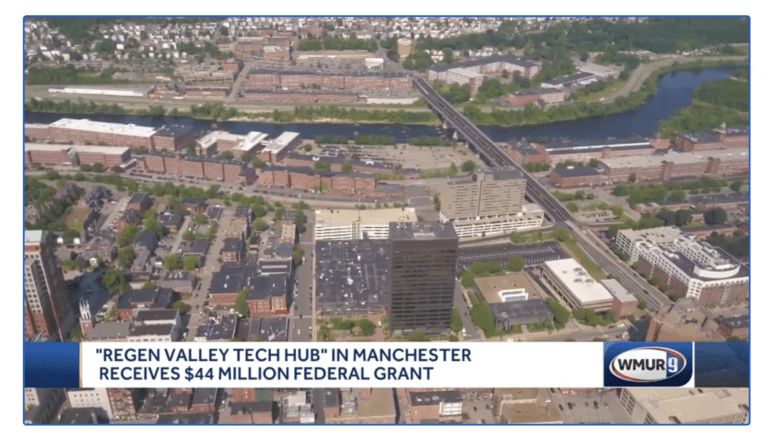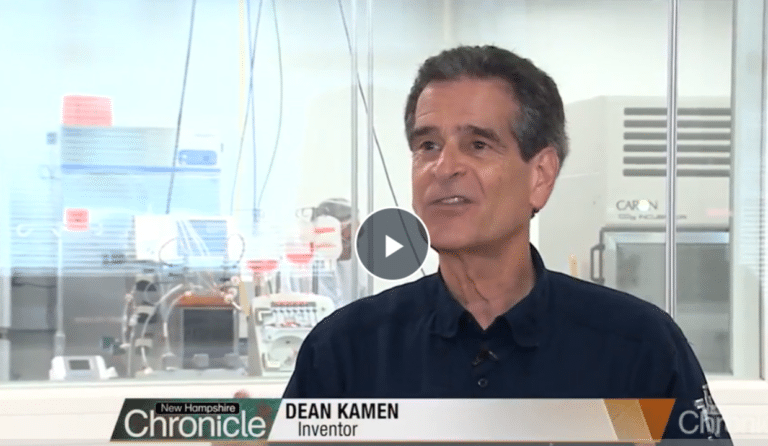A chance meeting at the International Conference on Biofabrication and a presentation by Dr. Richard McFarland, ARMI Chief Regulatory Officer, led one of the nation’s top research institutions, Colorado State University, to join the ARMI ecosystem.

The university is located in Fort Collins, Colorado, and is a land-grant institution with enrollment of more than 33,000 students. CSU offers 76 undergraduate degree programs, 114 graduate degree programs, 21 professional master’s degree programs, and a Professional Veterinary Medicine program. CSU’s world-class research and scholarship attract more than $400 million in research funding annually, putting the university among the top federally funded public universities without a medical school. Colorado’s Front Range is a high-tech hub with companies such as Woodward, Hewlett-Packard Enterprise, IBM, Intel, Keysight Technologies, Broadcomm, AMD, Xilinx, Ball Aerospace, Lockheed Martin, Raytheon, and Northrop Grumman located in or near Fort Collins.
Colorado State University established a School of Biomedical Engineering in 2007. Regenerative medicine is one of the three major research foci for the faculty in the School.
The university has considerable research expertise in all aspects of biofabrication, such as sensor development, bioactive peptides and polyelectrolytes, super-hydrophobic surfaces, 3D printing and bioprinting, tissue/organ-on-a-chip work, microfluidics, nano-engineering of bioactive surfaces, biosensors and telematics, reactive MEMs telemetry/devices and more. A particular focus for CSU’s ARMI-related work is research in sensing and biosensing modalities, signal transduction, and signal processing. Faculty members have also been active in translating their research into commercialization, with numerous patents, license agreements, and startup companies. Applying these skills and experiences into the regenerative medicine industry is an exciting opportunity because of the potential of the field to transform multiple aspects of healthcare treatments ranging from limbs and joints to internal organ repair.
Looking to the future, CSU recognizes that academic research is conducted on a small scale where inefficiencies in manufacturing can be easily tolerated. Conversely, in large scale manufacturing the same inefficiencies are magnified, possibly to the point of being prohibitive. Aligning manufacturing with basic research would serve to define common protocols and improve consistency in translation.
“We look forward to opportunities to collaborate, seek research funding, and stay current on best work in the field as a member of ARMI BioFabUSA,” said David Prawel, Associate Research Professor in the Department of Mechanical Engineering and Associate Director of the Biomaterial Research and Engineering Laboratory. “Our researchers are particularly interested in connections to companies developing production processes for cell and tissue products.”
CSU believes there will be several breakthroughs in regenerative medicine over the next 5-10 years.
“The world has seen a tremendous increase in studies of stem cells,” said Stuart Tobet, Professor in the Department of Biomedical Sciences and Director of the School of Biomedical Engineering. “However, we still do not know how to use them to replace damaged tissue as well as have them supply repairing factors for surviving host cells. In addition, most tissue are comprised of multiple types of cells that frequently arise from different progenitor cells. Currently, the generation of cellular diversity from stem cells is limited to a small set of cell types. We foresee breakthroughs on the topic in the coming years.”
“Another breakthrough area is sensor technologies that are designed for manufacturing of tissue products,” said Kenneth Reardon, Professor and Associate Department Head in the Department of Chemical and Biological Engineering. “Current sensors for bioprocesses are for suspended cell cultures and mainly report on the liquid environment. With tissue culture, it is even more important to have measurements of the cells and this will lead to some breakthrough technologies.”
What are the most important barriers to overcome in the next 5-10 years?
“The important advances will follow from breaking down the barriers noted with stem cells: getting stem cells to be replacement cells, and being able to replace cell diversity in repairing tissue damage,” said Tobet. “Further barriers on the assessment side revolve around imaging parameters of cell health as stem cells proliferate and differentiate to end products, something that ARMI groups are actively pursuing.”
To learn more about Colorado State University, visit ColoState.edu.






